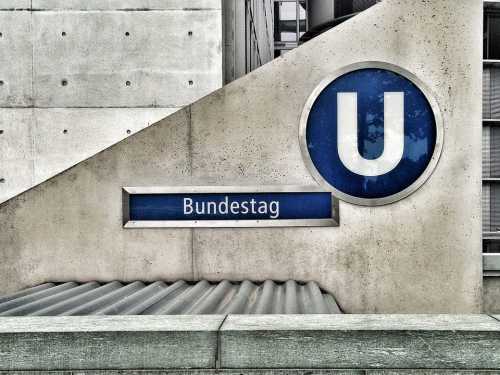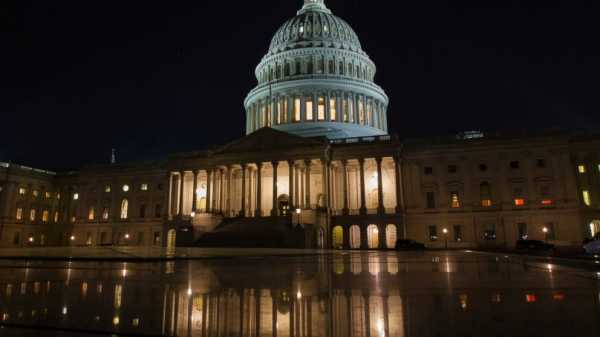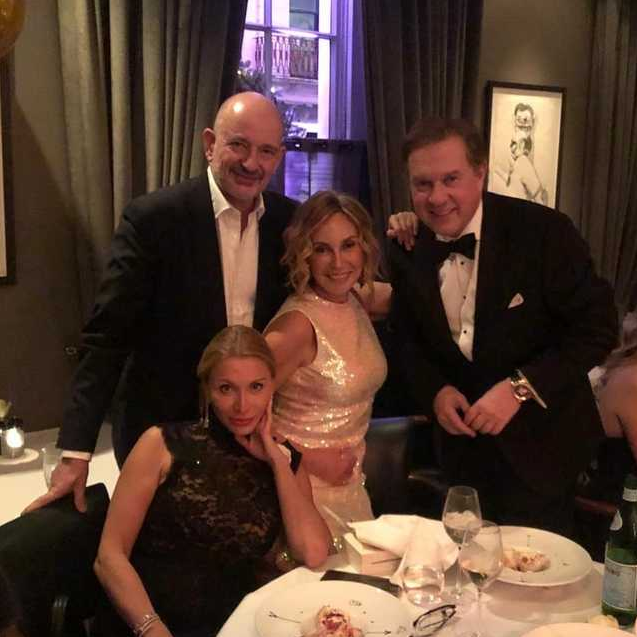
Save this storySave this storySave this storySave this story
Just before midnight on February 25, President Donald Trump posted a 33-second video on Truth Social, his right-wing social media site, with the slogan “GAZA 2025 WHAT NEXT?” In the video, war victims scramble through gray rubble and run from soldiers until the colors suddenly brighten and people walk through an arch into the promised land of “Trump Gaza”: a grotesque and idealized seaside metropolis of modern beachfront mansions, hotels, and casinos named after the president. Money rains down from the skies above an Elon Musk simulation. Trump and Benjamin Netanyahu enjoy cocktails on a beach, shirtless. There are multiple taxidermied Trump heads, including one atop a giant gold statue. The statue’s disproportionately long legs were just one clue that the video’s oddly sleek, symmetrical visuals were generated by artificial intelligence. The background music was an AI-generated club track with lyrics like “Trump, Gaza is shining bright, golden future, brand new light.” Earlier in February, Trump threatened to “take over” Gaza, forcibly displace its two million residents, and turn it into the “Riviera of the Middle East.” The AI-generated video starkly laid bare the neocolonialist mission.
That Trump shared the clip with his nine million Truth Social followers without acknowledging its original source gave the impression that he was trying to spin it as part of his political ambitions. The video soon went viral, with headlines including one from NPR describing it as “Trumpish.” In fact, it is the work of two Israeli-American filmmakers, Solo Avital and Ariel Vromen, who run the Los Angeles-based artificial intelligence studio EyeMix Immersive Visuals. The pair developed the clip in eight hours in early February to test the capabilities of Arcana Labs’ generative AI software, which is built by another Los Angeles company. Word of Trump’s comments on Gaza had just surfaced, and Avital told me on a recent video call, feigning shock, “I couldn’t believe my ears and my eyes.” Avital grew up near Tel Aviv and spent a lot of time on the border with Gaza. “I’ve always believed in the idea of coexistence,” he said. But he added that he sometimes felt alienated from liberal “cancel culture” and wokeness, finding the left’s vision of a liberated Palestine with Hamas in power as fanciful as Trump’s plan to create a Middle Eastern Riviera. “What if Trump actually takes over Gaza? I mean, that’s not such a bad idea. I’m not totally against it,” he said, adding of the Palestinians, “I don’t think it’s possible unless he includes them in the process.”
Avital planned to create a video showing “Palestinians being given a luxury lifestyle in Dubai” — Trump’s vision of Gaza minus the mass expulsion, while also mocking Trump’s egos. (“I have a knack for comedy,” he assured me.) Working at his computer in Los Angeles, Avital created AI models of Trump and Musk, then generated scene after scene, feeding Arcana prompts: “Imagine if Trump Plaza was Trump Gaza”; “A beach like Dubai, with yachts and restaurants”; “Elon Musk in a restaurant eating hummus.” He was careful not to make the video seem callous. “I didn’t do it to make people look down on the Palestinians,” he said. But his satire of Trump may have been less pointed than he had intended. Avital sent the finished video to Vromen. They shared it with friends and family, after which Vromen, who is an established director for platforms like Netflix, posted it on his Instagram, where he has more than 100,000 followers. However, Avital urged him to delete the video as quickly as possible, fearing they could get in trouble for mocking Trump. Trump, known for his love of gold and taxidermy, seemed to find the video inspiring.
Avital and Vromen aren’t sure how Trump got his hands on the clip, which had only been on Instagram for a few hours, but the day Trump shared it, Avital’s phone was flooded with messages. He told me he’s since been subject to online threats and hacking attempts, but what bothers him most is that Trump posted the video without giving it any context. “You’re allowing the public to hijack it and incorporate it into their own narrative,” Avital said. What was meant to be a quick experiment has become one of the most significant AI-generated videos to date, an animated successor to the 2023 “Balenciaga Pope” image, but this time serving as a piece of online political propaganda.
Trump's misappropriation of the video was just the latest
Sourse: newyorker.com






